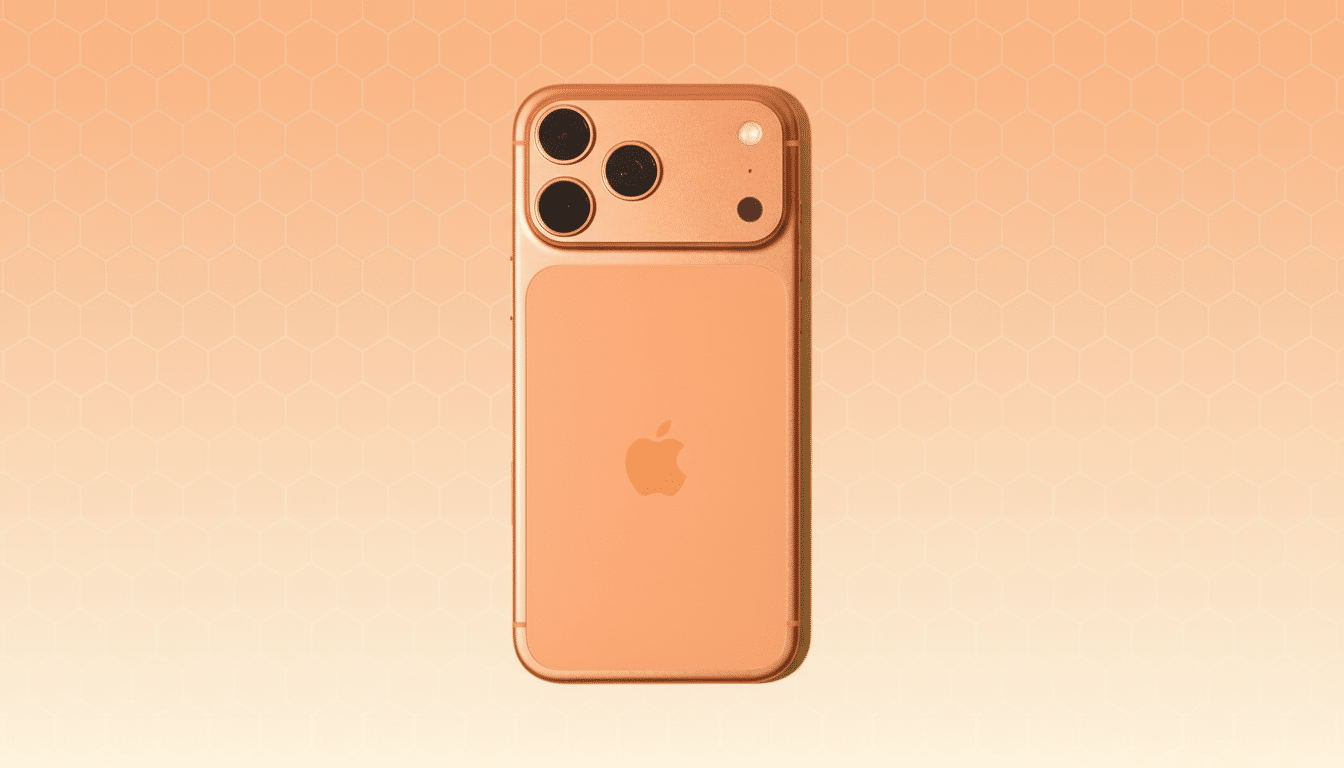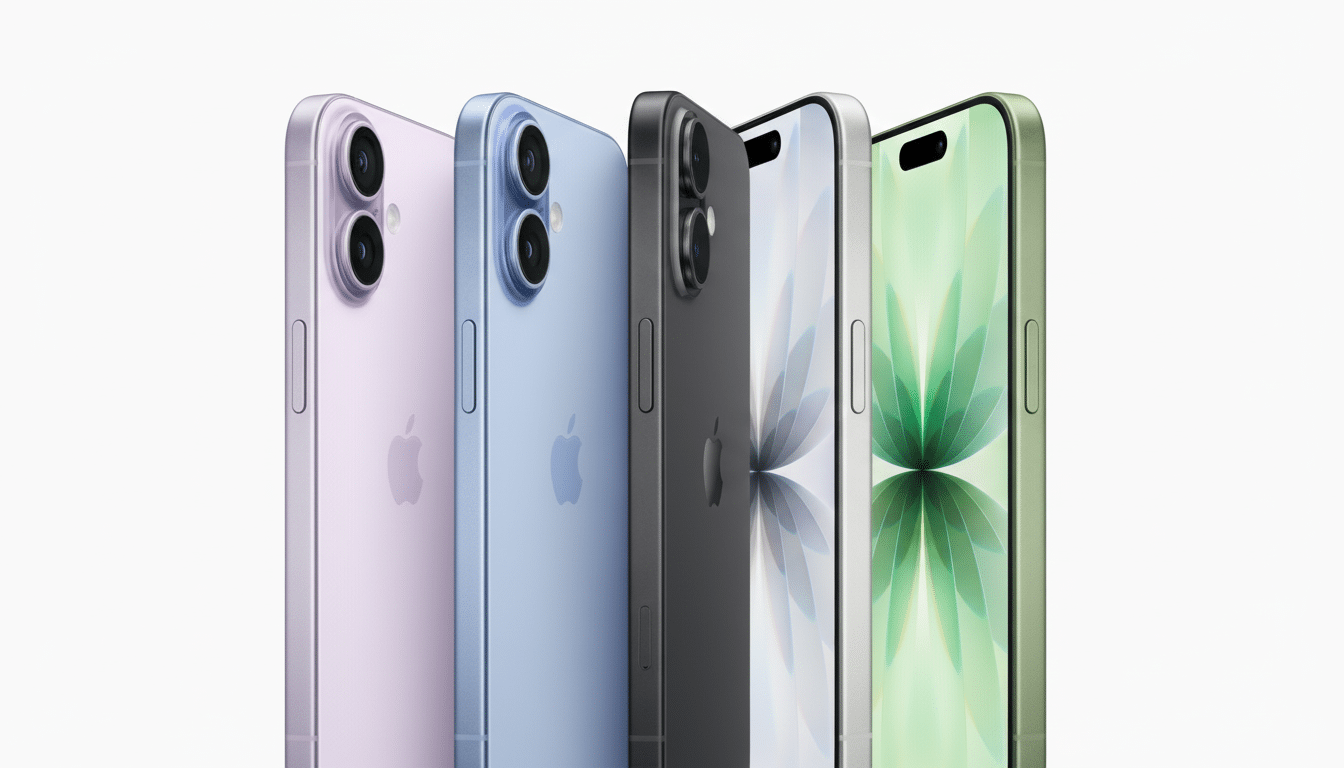Apple is close to retaking the title of world’s biggest smartphone seller from Samsung, with industry trackers announcing it can thank healthy iPhone 17 demand for doing so. Counterpoint Research, quoted by Bloomberg, has Apple at 19.4% share of global shipments with a quarter to run, which would see the company finally finish above its arch enemy in more than ten years.
The momentum comes atop a standout iPhone cycle and a favorable mix that’s been lifting both Apple’s volumes and its average selling prices simultaneously — a rare double-win in a mature market where growth has been elusive.
- Apple Is Pulling Ahead for a Reason, Analysts Say
- The Upgrade Wave and the Secondhand Effect
- The key numbers driving the shift in smartphone ranks
- What it means for Samsung and its Android-based rivals
- Outlook and wild cards that could sway the leaderboard
- The higher stakes for Apple if it regains the top spot

Apple Is Pulling Ahead for a Reason, Analysts Say
Counterpoint anticipates Apple’s unit sales will rise by about 10% year over year, which would be higher than Samsung’s expected 4.6%. That gap (of nine years) speaks to the strength of iPhone 17 lineup and Apple’s ability to entice incremental upgrades across its tiers — from mainstream buyers all the way up to Pro — without diluting brand ubiquity.
Just as relevant is the company’s ecosystem gravity. The iPhone is the hook for services, wearables and continuity features that induce users to stick around within iOS. That halo effect turns trade-in credits, carrier offers and financing into the kinds of stickier, higher-value upgrades than most Android vendors can consistently plug.
The Upgrade Wave and the Secondhand Effect
A major tailwind is timing. Consumers who acquired phones during the surge of pandemic sales are now up for replacement — and many are flocking to iPhone. “Volume of pandemic buyers in ~13’00 models hitting upgrade cycle which should be positive for Apple given their high retention + premium skew,” Counterpoint analyst Yang Wang writes.
And there is an effective funnel from the resale market. Counterpoint estimates that about 358 million secondhand iPhones have traded hands recently. Used iPhones are a way to get users to experience iOS at a lower price; when they eventually upgrade, many will move on to new devices, boosting Apple’s share without deep discounting.
The key numbers driving the shift in smartphone ranks
Apple’s ascent is part of a crowded field at the top. Counterpoint said that in the most recent quarter, Samsung was No. 1 in global deliveries with 19 percent of them, followed by Apple at 18 percent and Xiaomi at 14 percent. If Apple reaches the estimated 19.4% annual result — well, we won’t know for a year, but it would invert that leaderboard and establish a multi-quarter trend of iPhone overperformance at premium price bands.
The mix story counts: Apple’s premium-heavy offering lineup means fewer units can actually generate more revenue than competitors. When volumes surge at once — as this cycle is indicating — the market share picture has a way of changing rapidly.

What it means for Samsung and its Android-based rivals
Samsung should still be formidable, with a strong portfolio of phones across price tiers and early leadership in foldables. But premium share is where the market power gets made, and Apple’s rock of consistency has acted like a vise on Android’s high end. Xiaomi, which has expanded by selling value and more capable flagships, is on the heels of scoring second place in case those above stumble.
Samsung’s response is likely to be all about its ability to lead in camera innovation, amplify AI-driven experiences and establish aggressive carrier partnerships that include the United States. The issue is whether those levers can pull as strongly as Apple’s ecosystem does at a time when the world upgrades all at once.
Outlook and wild cards that could sway the leaderboard
Counterpoint has said that Apple could keep the lead for an extended period, noting a foldable iPhone and a cheaper iPhone “e” in 17e as potential catalysts to expand reach rather than watering down the brand. If delivered, those devices would assault two growth fronts on the same day: early adopters and entry-to-mid tiers.
Risks remain. Apple has to deal with a competitive hell in China, macro threat that may smack premium desire and advanced on-device AI functionality escalation from the ranks of Android rivals. Supply chain resilience and strategic pricing will be vital if the upgrade wave starts to abate.
The higher stakes for Apple if it regains the top spot
Market leadership is not just bragging rights. It could also turbocharge Apple’s already robust financial profile and bring the company within closer striking distance of supplanting Nvidia as the most valuable publicly traded firm. Recent market caps are about $4.124 trillion for Apple versus $4.234 trillion for Nvidia, which is not much of a gap when you’ve got continued iPhone momentum to your back.
Strategically, investors are also watching transitions in leadership at the top of Apple. Tim Cook’s period has been all about operational excellence, scale and expanding services. Industry back-channeling has indicated Apple’s head of hardware, John Ternus, is an eventual successor when change happens, reinforcing consistency in Apple’s product-first philosophy.
For the time being, the narrative is simple: a blockbuster iPhone cycle, an upgrade supercycle that has fallen nicely in Apple’s favor and reasonable predictions that the world’s most influential smartphone brand is poised to return to No. 1.

